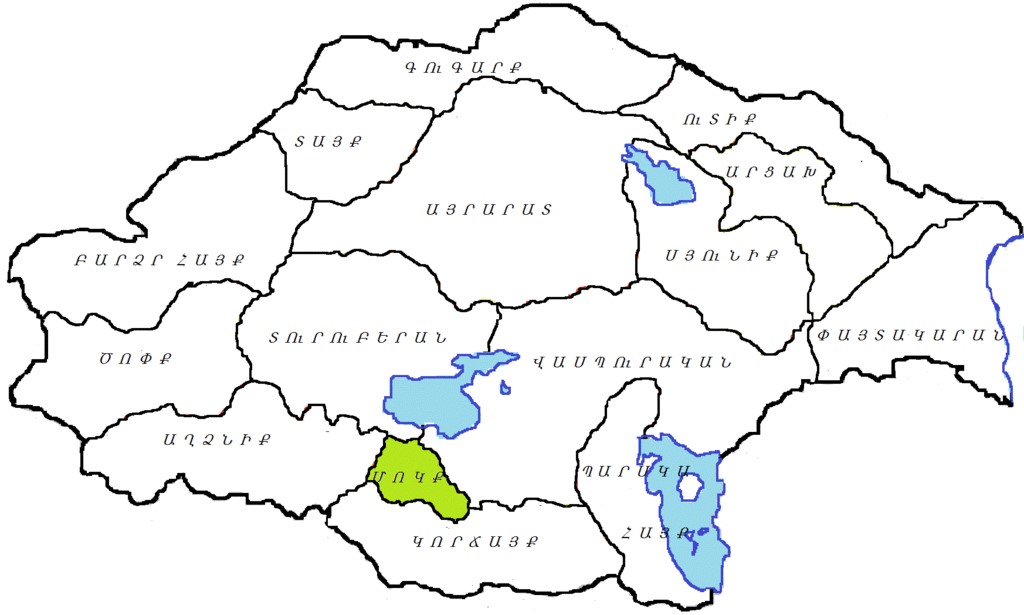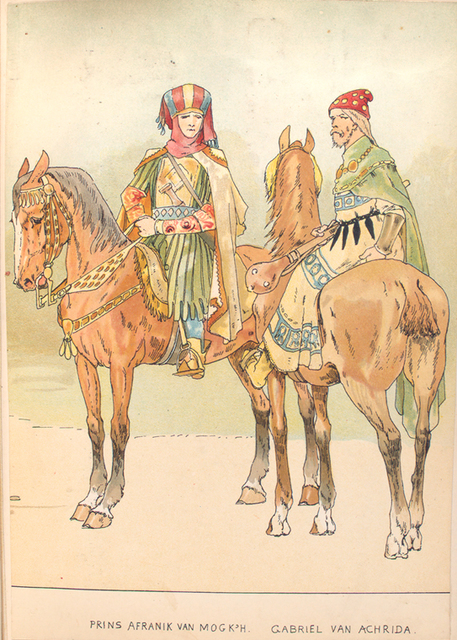

Toponym
Mokk’ (Մոկք) or since the 8th century Moks was an ancient Armenian province, which became known in Greek as Moxoene and as Moxos in Latin; the Armenian toponym Mokk’ derives from ‘place of the magician’ (in classical Armenian), whereas the toponym Moxoene is believed to derive from an Urartian tribal name ‘moxoenne’.
Population
Armenian nobles ruled the province until the 10th century. Before the genocide of 1915, there were 60 villages in the kaza, of which 45 were Armenian.
Raymond Kévorkian concluded: „The fate of the 45 [Armenian] villages of the kaza of Moks and its 4,459 Armenians offers a telling indication of the influence of local officials or tribal chieftains: these Armenians were never molested, thanks to the protection of a Kurdish chieftain, Murtula Beg, who refused to execute orders he had received from Van.”[1]
The Kurdish leader had shown such behavior previously during the Hamidian massacres. The German orientalist and historian Carl Friedrich Lehmann-Haupt described him in his travel and research account (1926): “From this village (Arindj or Harindj) 10 families had just left for Van that day, so that only half of the existing 20 families remained. In former times, the village had 50 houses. During the massacres, 54 of the inhabitants were killed. When the Kurdish lord of the village, Murtullah-Beg, also called Lütfi Beg, who stayed in Van at that time, heard about the beginning of the massacres, he, as we were told, staying day and night in the saddle, rode an immediately bought horse worth 150 roubles to death and stopped the murder. He also acted in his interest, since the Kurds receive the tithe from the Armenians, but his actions are a great and gratifying exception.”[2]